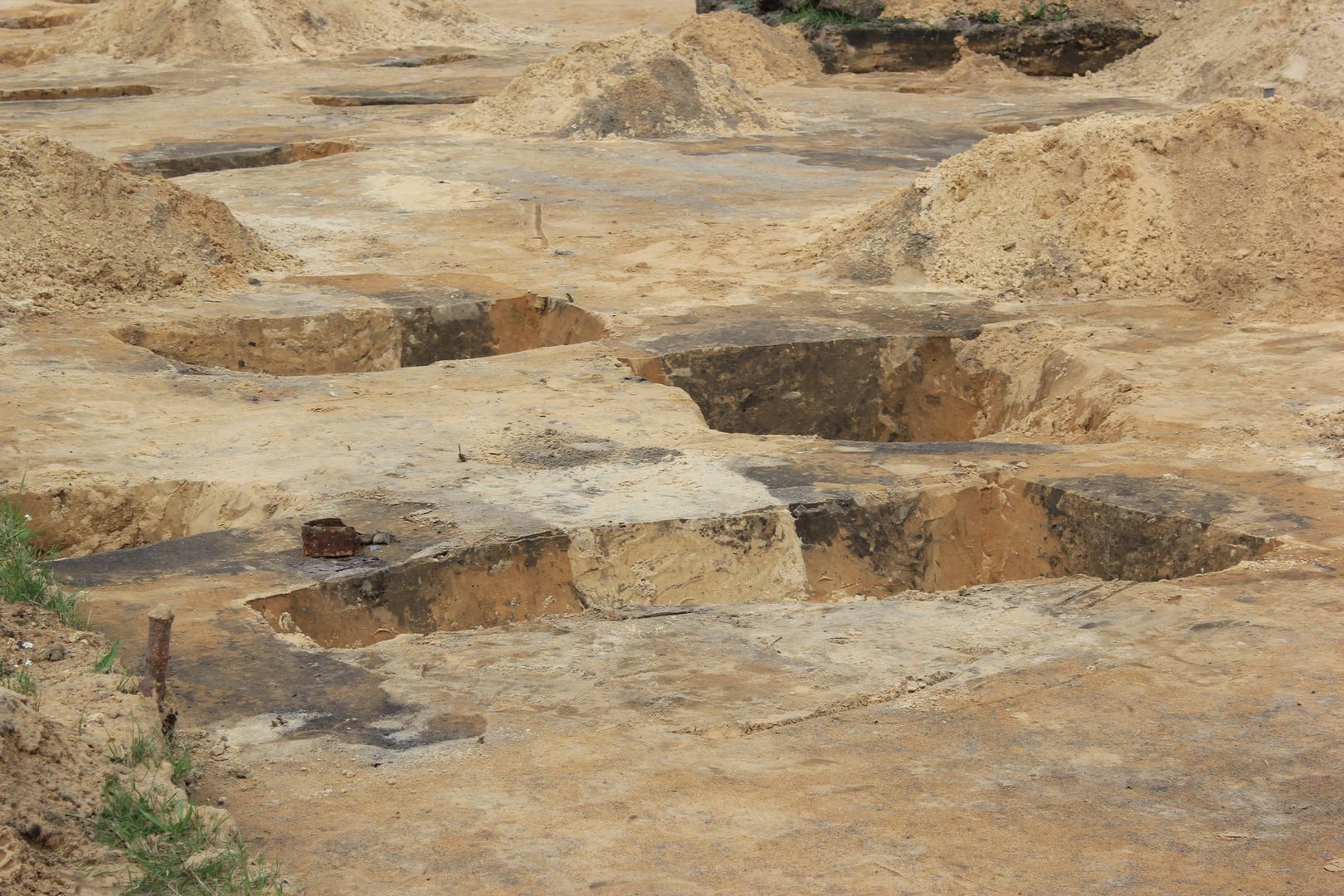Extermination camp in Sobibor
6.81

Overview
The Sobibór extermination camp, established by the Germans in 1942 as part of Operation Reinhardt, was one of the most horrific sites of the Holocaust, where between 130,000 and 300,000 Jews were murdered. Its location near the Sobibór railway station in the Lublin region enabled the efficient reception of transports, while the surrounding forests and marshes concealed the brutal crimes. The camp's layout included an administrative and residential zone, a reception area, and an extermination zone, with brutally designed gas chambers. Various work detachments operated in the camp, composed mainly of Jews who were forced to labor under the threat of death. A resistance movement formed within the camp, which organized an uprising in October 1943, allowing some prisoners to escape. Interestingly, Sobibór was the first camp to use cremation of victims' bodies, a response to the increasing stench of decomposing corpses. However, difficulties in condemning and remembering these crimes persisted; the local population long refused to believe the camp's true purpose. Sobibór was liquidated in December 1943, and efforts were made to erase its existence. For years after the war, the camp grounds were neglected and desecrated. It was only in the mid-1960s that work began to commemorate the victims, but a proper museum was not established until 2020. In culture, Sobibór has been immortalized in films such as "Escape from Sobibor" and "Sobibór" (2018). The Sobibór camp remains a symbol of unimaginable tragedy and heroic resistance against Nazi terror.
Location
You can also find here:
2025 Wizytor | All Rights Reserved
